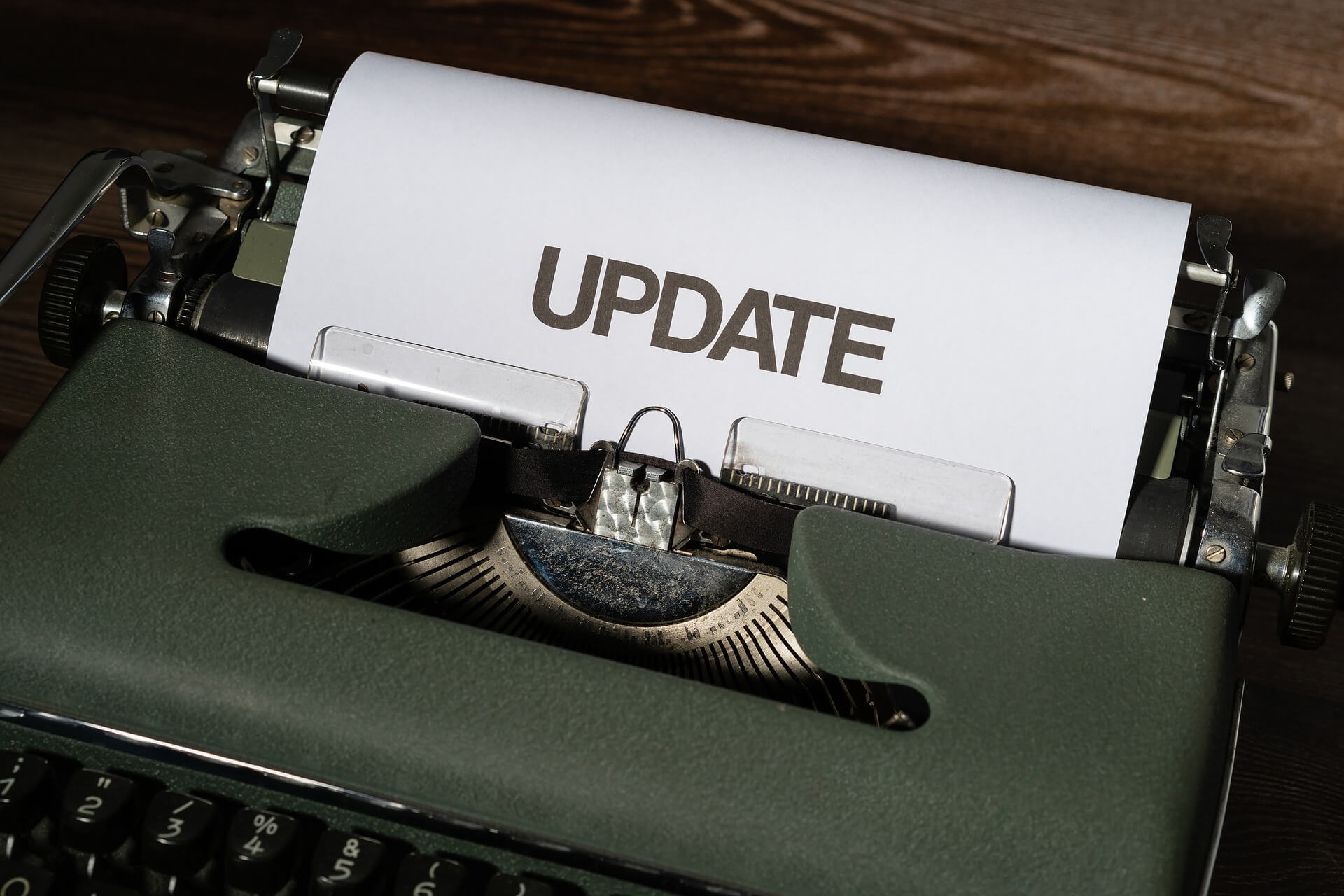Changelog: Example of informing users about an update

Imagine working on a document with a group of people, and you're trying to keep track of all the changes made. It can get chaotic, right? Now, think of software development as that document, but a thousand times more complex. This is where a changelog comes to the rescue! It's like a diary that keeps track of all the significant changes made to a software project.
Why Do You Need a Changelog?
A changelog is not just for tech-savvy developers; it’s for everyone who interacts with a project. Whether you're a project manager, a customer, or a curious user, a changelog will help you understand what has changed, why it changed, and how it might affect you.
For instance, if a new feature has been added, like the ability to export data as a CSV file, the changelog would have an entry like: "Added a new feature to export data as CSV." This tells you exactly what new functionality is available.
Breaking Down a Changelog
A changelog typically includes several types of changes:
Added: for new features added to the project.
Changed: for changes made to existing features.
Deprecated: for features that will be removed in the future.
Removed: for features that were removed from the project.
Fixed: for any bugs or issues that have been resolved.
So, if a problematic login issue was fixed, the changelog would state: "Fixed the login issue affecting some users." This entry lets users know that a previously encountered problem has been addressed.
Conclusion
Writing a changelog is all about keeping it clear, concise, and consistent. It’s not just a list of changes; it's a communication tool that can save time and reduce frustration for everyone involved in a project.
If you're curious to learn more about the art of writing changelogs and want to see some practical examples, check out this comprehensive article about examples of changelogs by ReleaseCat. It’s packed with helpful tips and best practices that can guide you, whether you’re a seasoned pro or just getting started. Happy changelogging!
